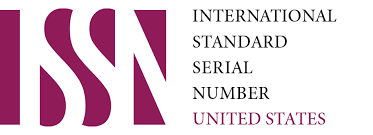The Role of Color and Composition in Miniature Art
Keywords:
Miniature art, Eastern art, Color symbolismAbstract
Eastern miniature art is not just a form of visual art but also a means of reflecting aesthetic taste, cultural values, and historical events. In miniature paintings, color and composition play a crucial role in revealing the semantic meaning of the artwork. This article discusses the analysis of colors and the principles of composition in miniature art.
References
Grabar, O. (2006). The Mediation of Ornament. Princeton: Princeton University Press.
Ettinghausen, R., & Grabar, O. (2001). Islamic Art and Architecture. New Haven: Yale University
Press.
Bivar, A. D. H. (1998). The Art of the Sassanian Period. London: British Museum Press.
Seyidov, A. (1985). Sharq miniatyura san’ati (Eastern Miniature Art). Tashkent: Fan Publishing
House.
Nasr, S. H. (1997). Islamic Art and Spirituality. Albany: SUNY Press.
Blair, S., & Bloom, J. (1994). The Art and Architecture of Islam, 1250-1800. New Haven: Yale
University Press.
Downloads
Published
Issue
Section
License
Copyright (c) 2025 Kattaev Nodirjon Saidovich

This work is licensed under a Creative Commons Attribution-NonCommercial 4.0 International License.
User Rights
Under the Creative Commons Attribution-NonCommercial 4.0 International (CC-BY-NC), the author (s) and users are free to share (copy, distribute and transmit the contribution).
Rights of Authors
Authors retain the following rights:
1. Copyright and other proprietary rights relating to the article, such as patent rights,
2. the right to use the substance of the article in future works, including lectures and books,
3. the right to reproduce the article for own purposes, provided the copies are not offered for sale,
4. the right to self-archive the article.












